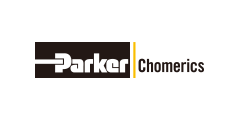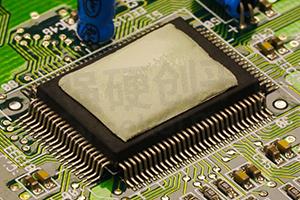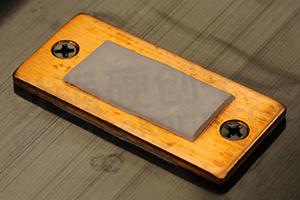The Next Generation of Thermal Gap Filler Pad: THERM-A-GAP PAD 80LO, with a Thermal Conductivity of 8.3 W/m-K

Thermal gap filler pads or simply gap pads are designed to be used as an interface material between heat-generating components (CPUs, GPUS, memory modules, radar arrays, etc.) and heat-dissipating components (heat sinks, cold plates, heat pipes, vapor chambers, etc.). And as computing output has grown, so has the need to dissipate heat generated by these high-power electronics. The problem is that high thermal conductivity alone is no longer enough to drive the adoption of gap pads.

Thermal Performance isn't Enough
A decade ago, 4-5W/m-K was considered to be "high" thermal conductivity. Computing and processing units didn't really need thermal interface materials to be much more efficient than this to effectively dissipate heat and extend the life of electronics. Since then, thermal performance requirements have doubled and conductivity levels of 8+W/m-K are needed. The challenge for product designers and engineers though is that thermal performance is no longer the only factor to consider, with a handful of other key properties that must be addressed:
1. Low Compression Force or High Stress Relaxation – gap pads are meant to fill in gaps caused by assembly or manufacturing tolerances. A gap pad with a low compression force requirement means that less force is required to achieve effective heat transfer. This also means that designers have more design flexibility and minimize risk of damage to underlying components. Gap pads with a high degree of stress relaxation will dramatically reduce the stress on underlying components as the gaps are held in a compressed state.
2. Low Silicone Oil Bleed – a vast majority of gap pads are manufactured with a base polymer of silicone because of its physical properties, wide temperature range, foreign material compatibility, and ease of use in the manufacturing process. The drawback is that silicone-based gap pads may expel silicone oil. Using advanced processing, gap pads with minimal oil bleed have been designed to reduce oil bleed or oil migration.
3. Compatibility with Automated Assembly Processes – Modern electronics are manufactured in volumes of tens or hundreds of thousands or even millions, regardless of whether they are for the IT, Telecom, Consumer Electronics, Automotive, or Life Science markets. Modern gap pads need to be compatible with high volume manufacturing practices such as Pick-and-Place technology to keep up with demand.
The challenge with balancing these factors is that they are often competing. High thermal performance requires high levels of ceramic fillers, increasing the hardness of the pads and the stiffness. Low compression force pads can be too soft to use with pick and place robotics.
The Modern Solution
This is where THERM-A-GAP PAD 80LO from Parker Chomerics answers the call. By addressing the shortcomings of current gap pads, PAD 80LO represents the next generation of gap pads to address modern electronics design and thermal managements. With a thermal conductivity of 8.3W/m-K, PAD 80LO is designed for high heat-output components. "LO" in the product name stands for “Low Oil” and indicates measurably less silicone oil bleed compared to leading competitors. PAD 80LO is designed for high volume, robotic assembly processes and can be provided in sheets, cut to custom shapes and sizes, and packaged in tape and reel or application-specific packaging. This makes it compatible with Pick-and-Place technology for high throughput automation and manufacturing. Despite a hardness of 60 Shore 00 which is higher than some gap pads, it was formulated to exhibit a high degree of stress relaxation to reduce the compression forces on underlying components.

AI Processing Hardware. Telecommunications Infrastructure. Advanced Automotive Electronics. Mission Critical Avionics and Defense Electronics. IoT Modules. Wearable Medical Devices. PAD 80LO represents a modern solution to the next generation of electronics thermal management.
- +1 Like
- Add to Favorites
Recommend
This document is provided by Sekorm Platform for VIP exclusive service. The copyright is owned by Sekorm. Without authorization, any medias, websites or individual are not allowed to reprint. When authorizing the reprint, the link of www.sekorm.com must be indicated.


























































































































































































































































































































































































































































































































































































































































































































































































































































































































